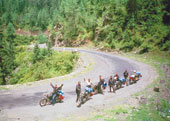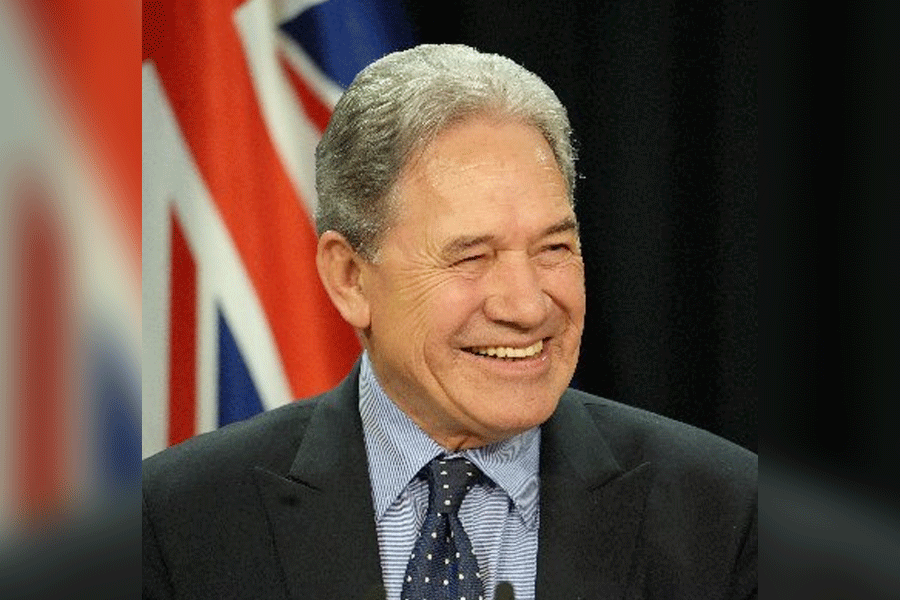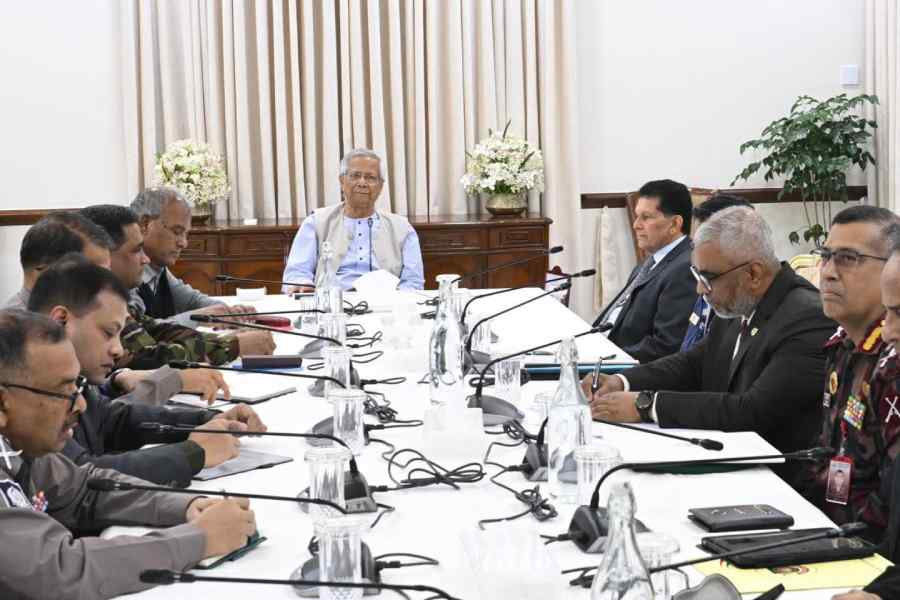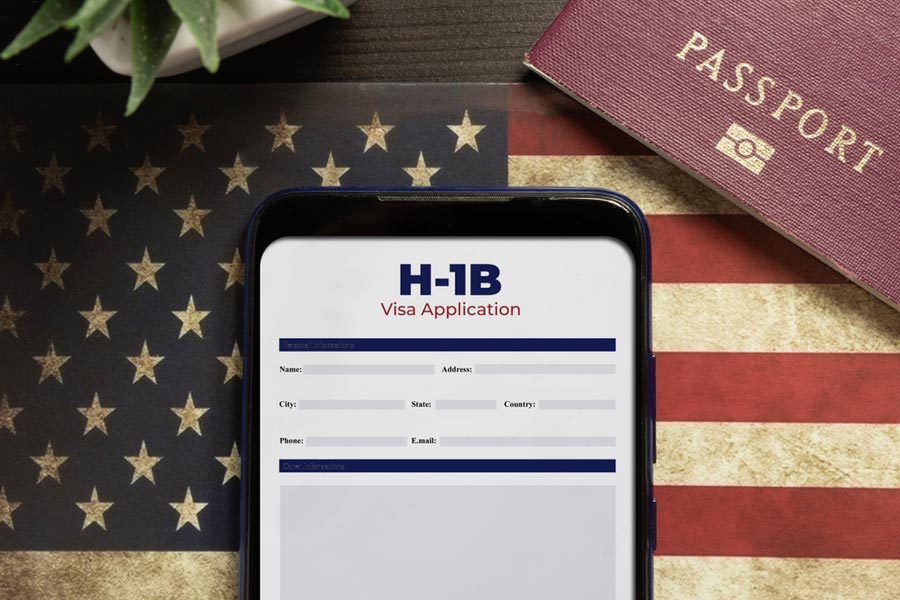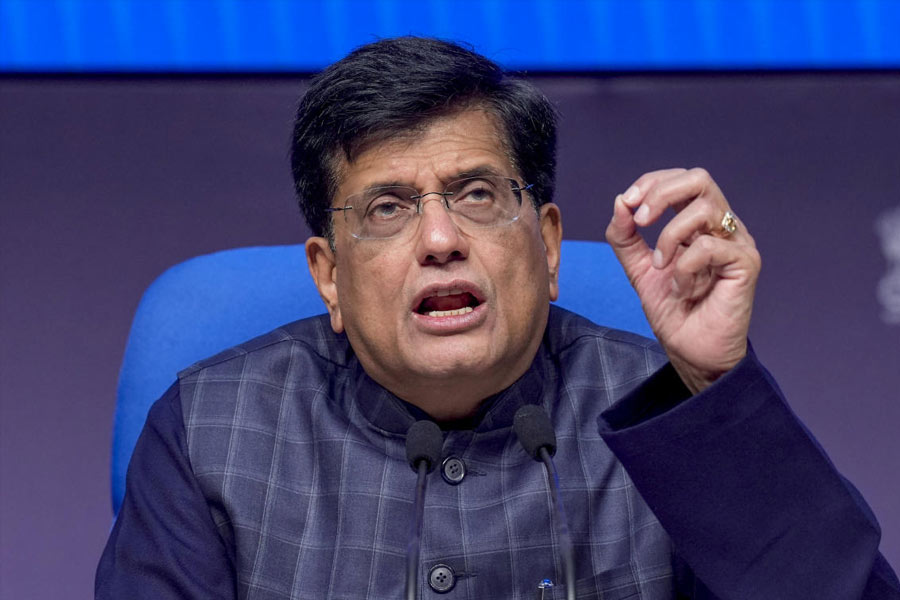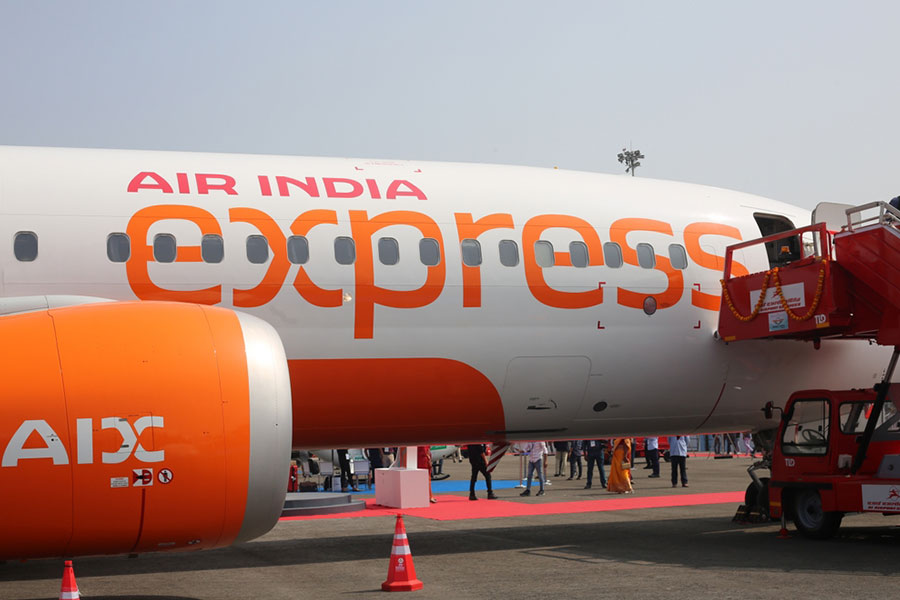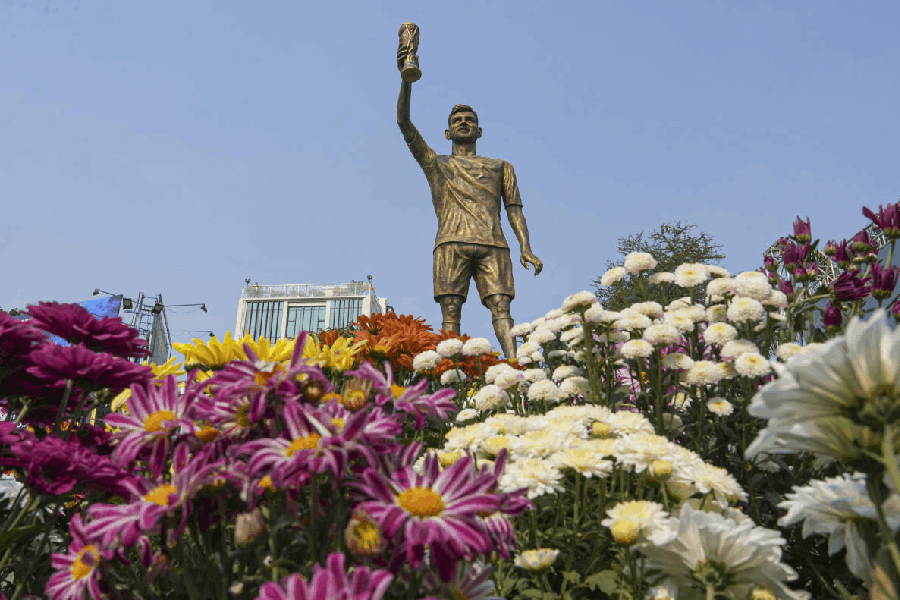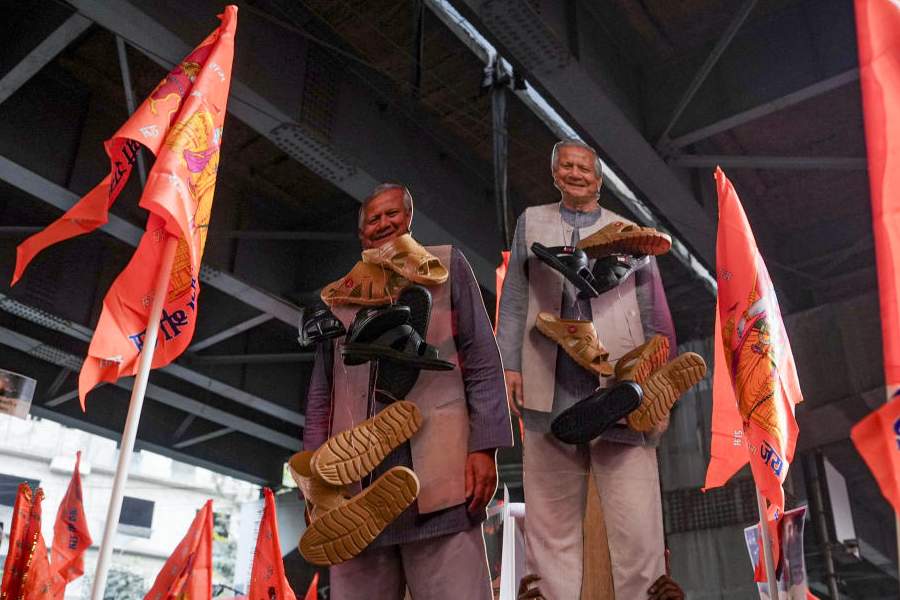 |
 |
 |
 |
| (From top): The bikers halt in Himachal Pradesh; a scene in Kashmir; a view of the Nubra Valley and a team member in front of a Bamiyan-style Buddha statue in Mulbek |
It?s the ultimate challenge for every biker. Winding, rugged mountain roads, crisp air and winds that threaten to blow all but the toughest off their two-wheels. Routes that are a series of endless potholes and threaten to wreck the sturdiest bike and in the backdrop, the breathtaking, snowy Himalayan peaks.
We were a team of eight hardened road-warriors from around the country. We assembled with our thundering steeds in Delhi for our journey along the historic Grand Trunk Road towards the Himalayan foothills in Himachal Pradesh.
The first stop was Shimla and from there the majestic mountains took over. The roads weaved through thick forests broken by hillside villages. A 120km ride took us to Jalori pass at 10,280ft between two pine-clad peaks. We stopped for photographs and slowly it turned misty and cold. We roughed it that night in a thatched hut in Shoja village where our rough and ready meal of noodles and soup was like a feast.
Calamity struck early the next day just after we hit the road. Ranga?s brand new gleaming all-chrome bike collided with a bus. Luckily, he was unhurt, but the bike?s headlight and silencer were damaged. It needed all our skills as amateur mechanics to fix it after five hours of struggle. We pushed on, determined to reach Manali and finally got there exhausted by 11pm. The day was partly saved by the tough and courteous men of the 38 Border Roads Task Force Mess who were waiting for us with mounds of steaming rotis, alu sabzi and dal.
On a journey like this, it?s a good idea to take a break. So we stopped at Manali for two days, servicing our bikes and visiting the Hidimba Temple and the Manu Temple.
Finally, feeling refreshed, we hit the road to Leh, our journey?s most challenging stretch. This is 475km of pure adventure, five high altitude passes, broken and unpaved and criss-crossed by glacial streams. There?s hardly any sign of civilisation and only one petrol bunk.
The first part is easy enough. That?s the 51km from Manali to the Rohtang pass at 13,050ft. All around are snowy peaks. Then comes a 22km descent to Khoksar village, 90km before the last town on this road, Keylong, our night halt. The key priority here was refuelling our bikes and filling up jerrycans for the rest of the journey.
From here the roads to Baralacha La were like dirt tracks interspersed with flowing streams. We took our lives in our hands crossing over rickety Bailey bridges on the verge of collapse. Baralacha La at 16,047ft was one of the coldest spots. Our next stop was Sarchu, the border of Himachal Pradesh and Jammu and Kashmir. The only habitation here is one tented hotel and a military transit camp. We spent the night chilled to the bone with 80kmph Himalayan winds whipping around our tents.
It was here that mountain sickness claimed its first victim. Hanif started vomiting and felt giddy and feverish. We pumped him with medicines and forced him to eat soup and noodles. We took turns caring for him through the night, scared because we were 170km from the nearest hospital. Morning dawned and Hanif was feeling better. We started out putting him between two others so they could keep an eye on him.
The next stretch took us through the Gatta Loops ? a stretch of 13km with 21 hairpin bends. The road quickly takes you up from 13,776ft to 15,302 ft. The ascent culminated at Nakii La at 16,416ft. A short downhill and a steep uphill 19km ride took us to Lachlung La at 16,616ft, the fifth pass on our journey.
The next day we crossed from vast green grasslands into a terrain of wind-eroded mountains, where winds of over 80kmph made it almost impossible to ride steadily. The endurance of the bike and the rider is tested to the limit on these roads to the Pang valley where mountain sickness hit Satish, who was diagnosed with high blood pressure, breathlessness and nausea. The army doctor at Pang pumped him with relaxation medication and told us to quickly cross the pass.
The next stretch ? 96km via Tanglang La (17,852ft) ? is through a vast 33km plateau flanked by rolling mountains with nary a soul nor sign of civilisation and not even intervening streams or rivers to break the monotony. As we crossed the plain and climbed towards Tanglang La, a snowstorm started building. Our visors got fogged making visibility nil. When we pulled up our visors, flakes of ice hit us like glass shards. It was a scary 14km ride to Tanglang La.
The next stop was Rumtse, then Leh and the Buddhist monasteries at Hemis, Thikse and Spituk. Hemis Monastery is Ladakh?s oldest and a seat of Buddhist culture. We marvelled at the beautiful murals and Buddha statues. Leh city is unique with its diverse landscapes. It has lush green summers and snow-white winters and brown sandy deserts amidst snow-capped peaks. The Ladakhis? smiles seem permanently etched on their faces and everyone is always saying ?julley? or hello.
Our onward journey was to the unexplored regions of Nubra Valley via Khardung La, which at 18,380ft is the world?s highest motorable road. It took us through the most exotic regions and one surprise after another. The first was sand dunes in the midst of snowy mountains. We had to rub our eyes to believe there was a desert high in the mountains.
The next surprise was at Panamik, a small village with hot springs. Here we had a rejuvenating hot bath. Imagine a gushing stream of boiling hot water in freezing temperatures.
We returned to Leh and began travelling towards the Kashmir Valley. Our first stop from Leh was at Mulbek. We crossed two high altitude passes before reaching Mulbek ? Fotu La and Namika La. Fotu La at 13,479ft is the highest point on the Srinagar-Leh road.
Between Leh and Mulbek, there are three important sights we visited. One was Gurudwara Pathar Sahib built in memory of Guru Nanak?s visit to Ladakh. Another was Magnetic Hill where vehicles can move uphill by themselves due to a magnetic field. The third was Lamayuru Gonpa housing an ancient Buddhist monastery.
Also at Mulbek is one of the five Bamiyan-style Buddhas located in Ladakh. The Buddha statue, at an imposing 30ft is carved across a rock-face standing alone amidst the Himalayas. From Mulbek, we drove towards Kargil, halting at Drass for the night. Drass is a hotbed of infiltration and the second coldest permanently inhabited place on earth with temperatures as low as -65?C in winter.
From there, it was a shock to reach Srinagar. Temperatures were hot and suddenly we realised we were back in the big, bad civilised world. We spent a few days in Srinagar before heading back to Jammu via the famous 3.5km Jawahar Tunnel and then sped back to Delhi. Finally, the road warriors were back, bones aching from the rough terrain but with memories of an unforgettable adventure.
Call of the caves
 |
 |
 |
| (From top): A part of the Ajanta and Ellora caves; sculptures from the same place; a section of the Elephanta Caves |
Tourists sometimes complain that Mumbai doesn’t have as much to offer as history-rich cities like Delhi. But that’s not entirely true if you are willing to travel a few kilometres outside the urban sprawl and if you have even the slightest interest in ancient history. This is one region where ancient cave art has survived the ravages of time.
Starting at the very tip of Mumbai, 10km north-east of Apollo Bunder lies the island of Elephanta. These caves, with representations of Lord Shiva are Hindu cave culture at their best. Consisting of seven caves, the Elephanta caves can be easily accessed via ferries that leave from the Gateway of India harbour throughout the year, except during the monsoon season.
Dating back to the 5th century BC, the rock cut temples are all dedicated to Lord Shiva. Of the sculptures, the most notable is the Mahesamurti cave. The cave with a pillared hall and freestanding Shiva shrine was used as shooting targets by the British before Independence. A number of pillars, relics and designs depict Shaivaite iconography like the Andhakasuravadha — impaling the demon of darkness; Kalyanasundara — the gentle loving god; Ardhanarishwara — Shiva and Shakti, male and female; Nataraja — Shiva as the cosmic dancer and Ravana anugraha — destroyer of enemies.
Located between Mumbai and Pune, the Karla Caves can be easily accessed from both. About 120km from Mumbai it is a three-hour drive and trains plying to Pune too will drop you 3km away from the caves. The Karla Caves are an architectural wonder created by Buddhist worshippers. A climb up a steep hill brings you to the caves with the magnificent stone stupa and pillars carved with figures of men, women and elephants. A 2,000-year-old teak wood ceiling is still intact and the Ashoka emblem too finds its origins here.
Built by Buddhist monks, the Karla Caves are surrounded by hills and plantations and is among the few remaining Buddhist structures in the Sahyadri Hills. Ironically, Karla was a natural cave and made it an excellent choice for the monks to build their shrines here. The halls of the caves are adorned with architectural motifs; lions and elephants. Besides the aesthetic beauty the ancient Buddhist architect kept in mind practical needs and therefore, the horseshoe archway and 50ft high columns.
If you don’t wish to venture too far, Kanehri Caves 10km from the western suburb of Borivilli isn’t a bad option. This is a slice of Buddhist history right in the middle of the city. The caves get their name from the black mountain on which it is built. Dating back to 1st Century BC, most of the caves are Viharas, a place meant for residence, study and meditation. A few halls containing rock-cut stupas meant for worship too can be seen. In sharp contrast to Elephanta, Kanehri is bare and spartan.
The history books say that Kanehri was an important seat of literary activity. The highest cave is situated 1,500ft above sea level and is surrounded by the natural beauty of the Sanjay Gandhi National Park. The walk to the caves through the National Park is a fabulous change after a hard week in the grimy city. A very famous trekking track — Kanehri is a quick getaway that satisfies both the adventurous and history seekers. Unfortunately, the easy accessibility of the caves has it made it tougher to look after. So, several NGOs and government organisations are demanding better maintenance and an entry fee to ward off vandals.
Located near Aurangabad in Maharashtra, the famous Ajanta and Ellora Caves are cave shrines cut out of rock by hand and they rank amongst some of the most outstanding specimens of ancient Indian architectural heritage. With 34 caves at Ellora and 29 at Ajanta, the caves remained in obscurity for over a millennium, till discovered by a British soldier.
A World Heritage Site, Ajanta was built as a retreat for Buddhist monks. Using simple tools the monks carved out the impressive figures on the walls of these structures. Many of the caves house panels depicting stories from the Jatakas. Images of nymphs and princesses amongst others, are also elaborately portrayed. The Ellora caves are a fine specimen of cave-temple architecture and have elaborate facades and exquisitely adorned interiors.
Each cave depicts the different beliefs of the Buddhist religion. The stupas and pillars all showcase the different moods and teachings of Lord Buddha. Ajanta and Ellora is a must-see for anyone who wants a mix of nature and historical monuments both at their best.
nYou’ve lost count of how many times you’ve seen the insides of Heathrow Airport. And New York is becoming a yawn. How about following in the footsteps of a Livingstone or a Stanley and making a trip to the Dark Continent? There’s heaps of variety and you can choose between chilling out in South Africa or hitting the game parks of Kenya. Thomas Cook is offering a one-week package to Kenya priced at Rs 1.41 lakh, which takes you on a tour of the Masai Mara Reserve, Lake Nakuru, Mountain Kenya National Park and Mountain Kenya itself, one of the highest peaks in the region. Or consider a one-week hiatus in beautiful South Africa (at Rs 99,195), which takes you around Cape Town, Johannesburg and Sun City. All quotations are per head and on twin sharing basis, and include accommodation in four-star hotels, all meals, sightseeing, airfare, visa charges, ticket taxes and medical insurance. Call 2282 4711-2.
Route map
• If you’re looking out for a cheap holiday destination, there are no better bargains than the ones offered by hotels in places like Kerala or Goa. The Taj has put together rainy day packages valid till end-August across its hotel resorts at some of the country’s top tourist destinations. In Goa, a 2-night/3-day deal is available between Rs 2,170 to Rs 2,875 at the Taj Holiday Village, Fort Aguada Beach Resort, and Taj Exotica. There are seven participating hotels in Kerala and packages include stays at a combination of hotels. You could book for three nights at Rs 1,950, five nights at Rs 1,840 or seven nights at Rs1,670.
Other packages are available starting at Rs. 1,250 for a minimum of two nights in hotels in Jaipur, Jodhpur, Jaisalmer, Gwalior, Chennai, Agra, Madurai, Ooty, Conoor and Chikmangalur (all tariffs: per person, per night on double occupancy).
My favourite holiday
 |
Tanusree Shankar,
dancer
I’ve travelled all over India and across the world, both for work and for pleasure, but looking back, the one holiday that stands out vividly in my mind is my trip to Kodaikanal in 1998. Strange as it may sound, it was the first time that Ananda, my daughter Mishtu and I were getting the chance to go somewhere together after a long time, for getting a break at the same time was a luxury indeed.
But during those seven days at Kodaikanal, we ensured that we spent every moment together. We visited Satya Sai Baba’s ashram, took in all the local sights and sounds, ate at loads of restaurants and just spent time going for long walks and revelling in the beauty of nature. Just looking out of the window was a wonderful experience, for we were putting up at the Kodaikanal Club near the lake, which afforded a stunning view of the surrounding locales.
All in all, it was a really special trip, made even more so by the fact that it was the first time that the three of us had gone for a holiday together after our trip to New York in the early ‘90s. Sadly enough, though, it was also the last time we could go for a holiday together, for Ananda passed away the very next year. That’s probably why to me, Kodaikanal will hold sweet memories forever.

